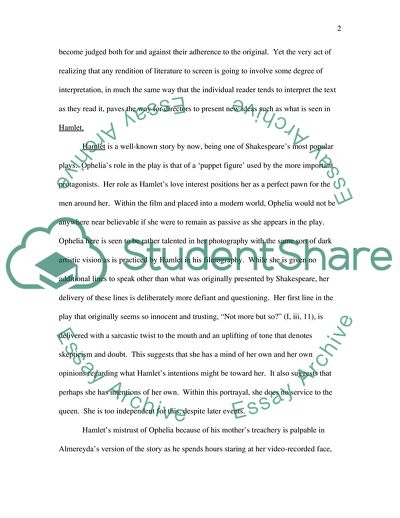Introduction to Drama and theater Essay Example | Topics and Well Written Essays - 1000 words. https://studentshare.org/performing-arts/1723812-introduction-to-drama-and-theater
Introduction to Drama and Theater Essay Example | Topics and Well Written Essays - 1000 Words. https://studentshare.org/performing-arts/1723812-introduction-to-drama-and-theater.


